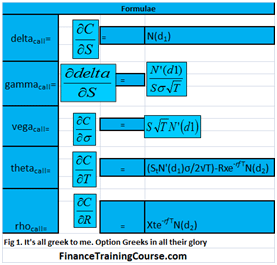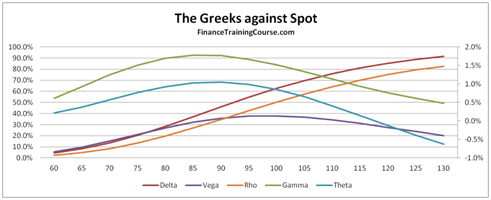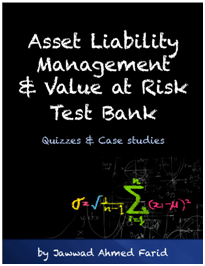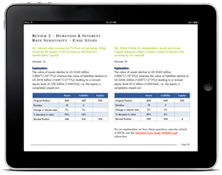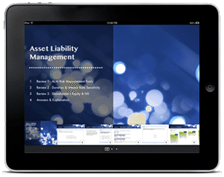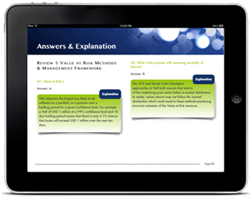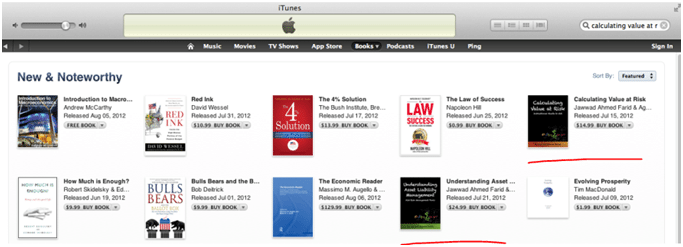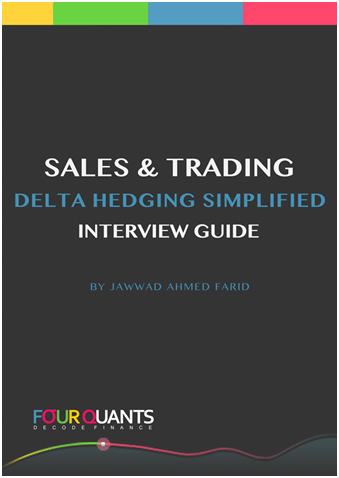
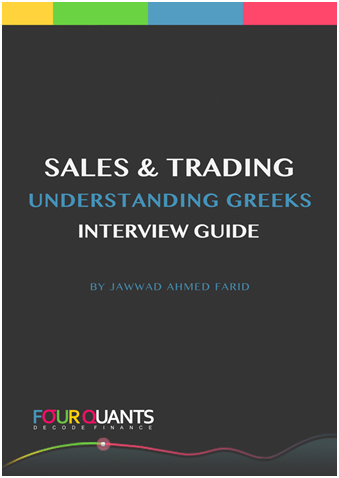
Sales and Trading Interview Guide: Understanding Greeks
Trading requires a combination of intuition, discipline and process. Of the three intuition is the most difficult to teach, since discipline and process is an incentives and control game. While individual intuition can be built over years of experience there are rules that make it easier to pick up that intuition faster.
Institutional intuition gets passed on between generation of traders through shadowing, standards, processes and controls. This passage of rites becomes easier if you have a knack for the subject, if you already know some of the rules or if you are familiar with the trading language.
The sales and trading language has many dimensions dealing with execution, trading strategy, customer behavior and product variations. This book only focuses on one very limited aspect of that language – the aspect dealing with risk management, hedging and Greeks.
The challenge with this part of the language lies partly with the terminology (a range of Greek symbols), partly with the presentation (partial differential equation), with calculations (a combination of Greek symbols and partial differential equations) and with interpretation (can you please say that again in a language that we can all understand).
Most business school derivative courses run out of time before the product universe has been covered, let alone spend time on teaching how to read, predict or forecast the behavior of exotic Greek symbols. .
Advance derivative courses cover pricing and if we are lucky spend limited time on sensitivities and Greeks because of conflicts with other topics in the outline. Sometime as business school students all we get are case notes and text references that are long on definitions and calculations but short on guidance and practical applications.
Which is unfortunate because the option price sensitivity topic is difficult to grasp for most audiences given its very non-linear nature. It takes time to think comfortably in the non-linear world. We understand simple straight forward, single dimensional relationships very well. When you ask us to envision a new dimension or even worse collate reactions from multiple dimensions into a single trading decision, our mental frameworks breakdown.
To develop an appreciation for this topic you need at least a few days of hands on or modeling experience followed by active application of the same concepts. The reason why you have purchased this book is because you don’t have a few days. You possibly have a few hours or a night before that interview or presentation is due.
So we have tried to compress primary lessons into short bite sized pieces. There are some equations but we don’t spend time on them or their derivations. We do spend time on ground rules, behavior and intuition. As a trader I am more likely to ask you about how Gamma is going to behave under a given scenario and how that is different from Vega’s reaction.
Our assumption is that you have some familiarity with Options, Black Scholes and the derivative pricing world. If this is not the case you need more help which is available on our partially free site at FinanceTrainingCourse.com
This book is based on a four part MBA course on derivative pricing and risk management that I have taught in Dubai and Singapore and the risk and treasury management practice I have run since 2003. The material is based on training tools we developed to teach advance treasury concepts to our students using our signature hands on, equations off mode.
And now let’s go waltz with some Greek symbols.
Related posts:
